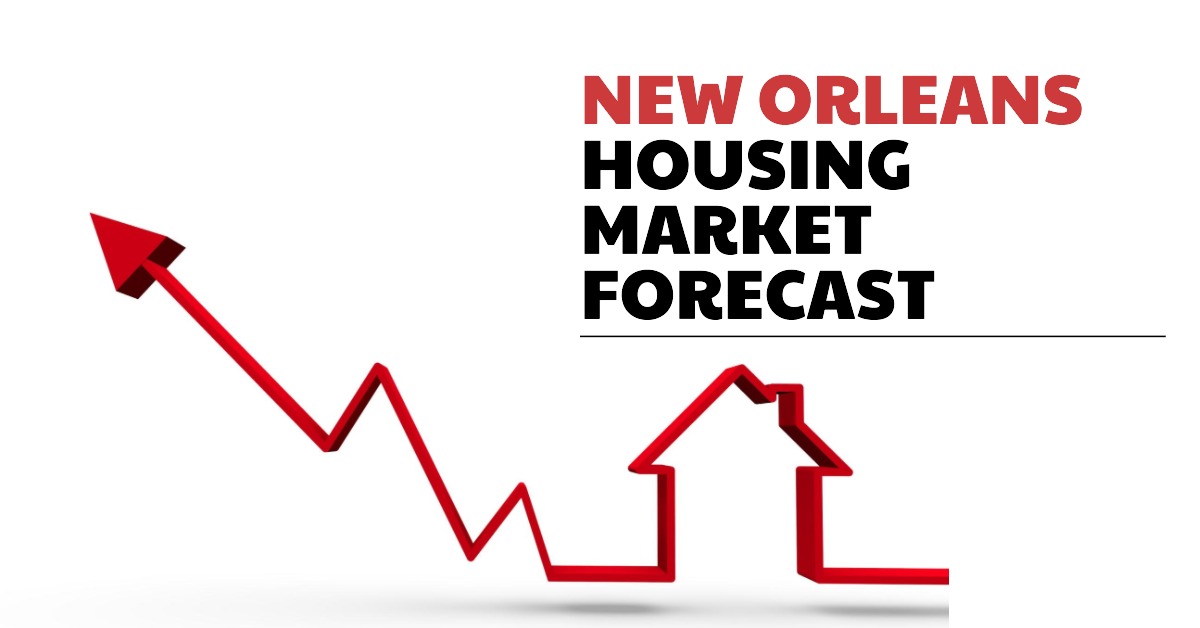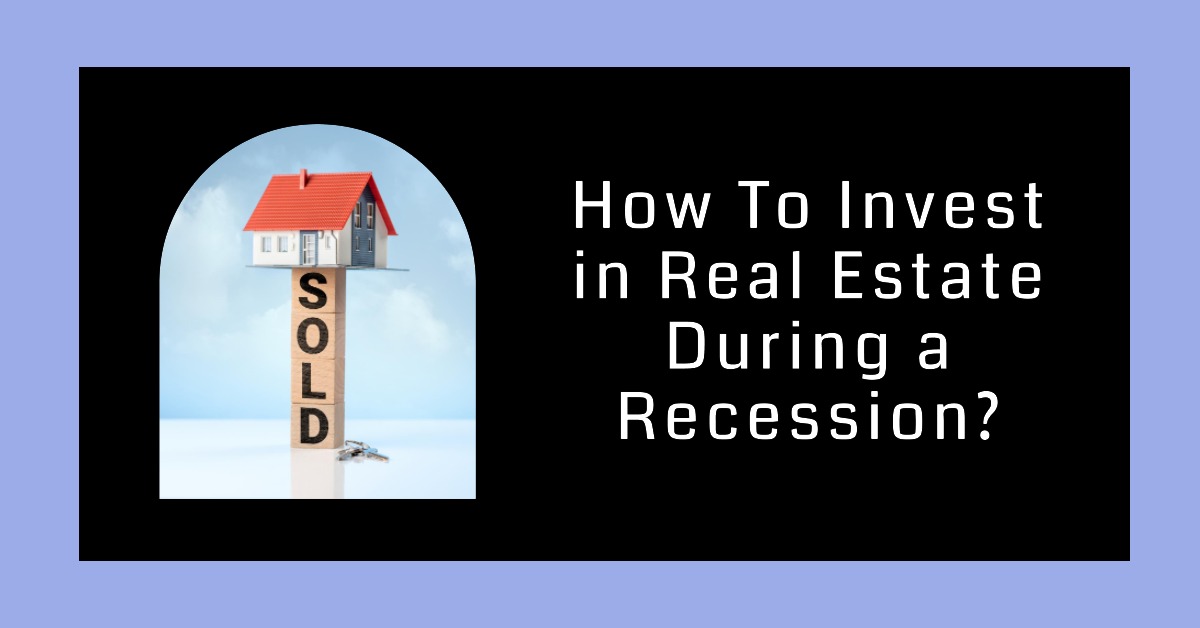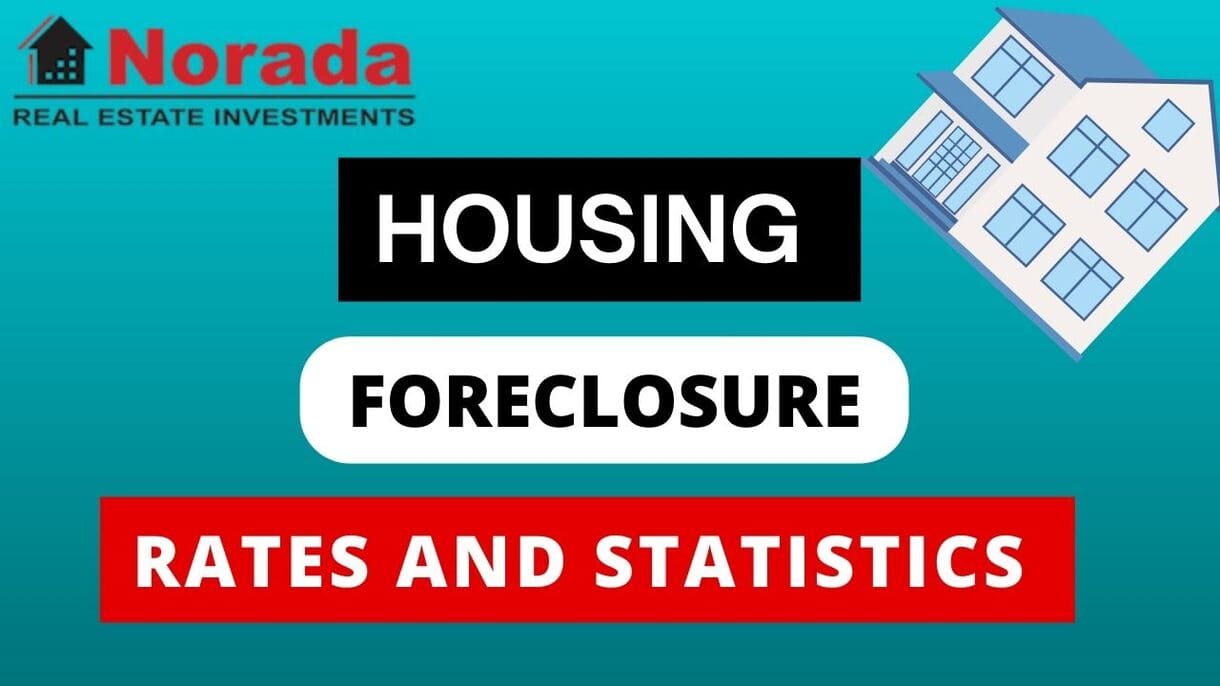If you're thinking about buying or selling a home in the Big Easy, you're probably wondering what's happening with the New Orleans housing market right now and what the future holds. While there are some shifts, the market is showing signs of holding steady, and there's a hopeful outlook for what's to come. Based on the most recent data available, the New Orleans housing market is experiencing some interesting trends.
Home prices have seen a slight dip from month to month, but the price per square foot is actually creeping up, which tells us something about how buyers are valuing the space they're getting. Inventory is a little tighter than we'd like, meaning there are fewer homes on the market, and homes are taking a bit longer to sell compared to national trends. But, this isn't necessarily a bad thing for everyone. It just means we need to understand the game we're playing. Let's dive into what the numbers are telling us right now.
Housing Market Trends: What's Happening on the Ground in New Orleans
When we talk about the housing market, we're essentially looking at a few key things: how many homes are for sale (that's the housing inventory or supply), how much they're selling for (home prices), how quickly they're selling (time on market), and what it costs to borrow money to buy them (mortgage rates – though we'll touch on that more in the forecast). All these pieces fit together to tell us who has the upper hand – the buyers or the sellers.
Home Prices: A Slight Dip, But Not a Freefall
Let's start with the big one: home prices. According to Realtor.com's September data, the median listing price in New Orleans was $331,888. Now, this is a little bit lower than the month before. You might hear that and think, “Uh oh, prices are dropping!” But it's not quite that simple.
What's really interesting is that while the overall median price saw a small dip, the price per square foot actually increased by 0.2% compared to the previous month. This is a key indicator that buyers are still willing to pay for well-located or well-maintained homes, even if the overall sale price is slightly adjusted.
And here's something even more telling: nationwide, the price per square foot decreased by 0.8%. So, in New Orleans, our price per square foot is actually doing better than the rest of the country. This suggests that while the market is adjusting, it's not as dramatic as you might see elsewhere.
Here’s a quick look at how New Orleans stacked up in September:
| Metric | New Orleans (September) | National (September) |
|---|---|---|
| Median Listing Price | $331,888 | (Data not provided) |
| Price Per Sq Ft Change | +0.2% (vs. prior month) | -0.8% (vs. prior month) |
Housing Inventory: Less is More (For Sellers, Anyway)
When it comes to the housing inventory, or the number of homes available for sale, September showed a bit of a squeeze in New Orleans. The number of listings on the market shrunk by 2.6% from August. This is a bigger drop than we'd typically see this time of year, which can be a sign that fewer people are listing their homes for sale.
In September, there were 1,858 homes for sale in New Orleans. That's 2.6% less than the month before and a noticeable 6.6% less than the same time last year.
Nationally, the picture was a bit different. Active inventory actually rose by 0.2% from August, reaching over 1.1 million homes. This contrast is important. When inventory is low in New Orleans, it can give sellers a bit more leverage.
Time on Market: Patience is a Virtue
How long does it take to sell a house in New Orleans? Well, in September, homes were taking an average of 91 days to sell. This is a few days longer than the month before and about four days longer than last year.
Now, to put that into perspective, homes across the U.S. were selling much faster, averaging just 62 days on the market in September. This difference is significant. It means that in New Orleans, buyers have a bit more time to make decisions, and sellers might need to be a bit more patient. This longer time on market can sometimes indicate a more balanced or even a buyer-leaning market, where buyers have more options and less pressure.
So, wrapping up the current trends, we see a market that isn't seeing explosive growth but isn't collapsing either. Home prices are holding relatively firm per square foot, but the overall median is slightly down. There are fewer homes available, which can be good for sellers. However, homes are taking longer to sell than the national average, which can favor buyers. It’s a mixed bag, and that's often how real estate works!
New Orleans Housing Market Forecast: Looking Ahead to 2025 and 2026
Predicting the future is always tricky, especially with something as dynamic as real estate. But by looking at forecasts from reputable sources, we can get a pretty good idea of where things might be headed. My own experience tells me that national trends often trickle down, but local economies and unique factors always play a big role.
What's Predicted for New Orleans
Zillow provides some interesting insights into the New Orleans-Metairie Metropolitan Statistical Area (MSA). Currently, the average home value is around $254,789. This has seen a small dip of 0.2% over the past year. Homes are pending sale in about 49 days, which is a bit faster than the Realtor.com trend for overall sales, suggesting that once a deal is made, it moves along.
Now, let's look at the forecast for our area:
| Forecast Period | New Orleans-Metairie MSA Home Value Change |
|---|---|
| October 2025 | +0.2% |
| December 2025 | -0.4% |
| September 2026 (1-Year) | -4.0% |
What does this mean for us in New Orleans?
- Late 2025 (October & December): Zillow's forecast suggests a bit of a seesaw. We might see a slight uptick in home values in October 2025, which is encouraging. However, by December 2025, they predict a slight decrease. This suggests a period of stabilization or minor fluctuations rather than big swings. It implies that affordability might remain a key factor, and growth might be slow and steady.
- Into 2026 (September): The one-year forecast going out to September 2026 shows a more significant potential decline of -4.0%. This is something to keep an eye on. It's not a crash, but it’s a noticeable drop. This could be influenced by a number of factors, including national economic conditions, changes in mortgage rates, and local job growth.
New Orleans vs. The Rest of Louisiana
It's always helpful to see how our region compares to others in the state. Here's how Zillow's forecast for New Orleans stacks up against other Louisiana MSAs:
| Region | October 2025 | December 2025 | September 2026 (1-Year) |
|---|---|---|---|
| New Orleans, LA | 0.2% | -0.4% | -4.0% |
| Baton Rouge, LA | 0.3% | 0.5% | -0.2% |
| Lafayette, LA | -0.1% | -0.8% | -4.3% |
| Shreveport, LA | 0% | -0.5% | -3.8% |
| Lake Charles, LA | -0.1% | -1.4% | -6.9% |
| Houma, LA | -0.5% | -1.7% | -7.4% |
| Monroe, LA | 0% | -0.4% | -2.1% |
| Alexandria, LA | 0.1% | -0.3% | -3.4% |
| Hammond, LA | 0.1% | -0.3% | -2.9% |
| Opelousas, LA | -0.5% | -1.7% | -7.6% |
Looking at this table, New Orleans is actually forecasted to perform relatively better than many other parts of Louisiana in the longer term (up to September 2026). While places like Houma, Lake Charles, and Opelousas are looking at more significant predicted drops, New Orleans' -4.0% forecast is in line with or better than Lafayette and Shreveport. Baton Rouge seems to have a more stable outlook in the short term but a smaller drop than New Orleans in the long term. This could indicate that New Orleans’ housing market is a bit more resilient than some of the other Louisiana MSAs, possibly due to its unique economic drivers and cultural draw.
The National Picture: What's Driving the Trends?
It's crucial to understand that what happens nationally often influences local markets. Both Zillow and NAR (National Association of Realtors) have forecasts that shed light on this.
Zillow's Key Predictions:
- Home Value Growth Recovery: After a flat 2025, Zillow expects home values to start growing again in 2026, potentially reaching nearly 1.9% by August of that year. This suggests a bottoming out of price declines and a slow return to appreciation.
- Home Sales: Zillow forecasts that home sales will end 2025 at around 4.07 million, which is a bit better than what we saw in 2024. This indicates an increase in buyer activity.
- Rents: Rents are expected to continue to cool down, growing at a slower pace than in previous years.
NAR Chief Economist Lawrence Yun's Optimistic Outlook:
Lawrence Yun, NAR's Chief Economist, offers a more upbeat perspective for the overall U.S. housing market:
- Existing Home Sales: Yun predicts a significant rebound, with a 6% increase in 2025 and an even stronger 11% jump in 2026. This points to more people buying and selling homes.
- New Home Sales: New construction is also expected to do well, with a 10% rise in 2025 and another 5% in 2026. This is good news for addressing the shortage of homes.
- Median Home Prices: Yun forecasts a modest, sustainable rise in median home prices, with increases of 3% in 2025 and 4% in 2026. This is a return to more normal appreciation rates.
- Mortgage Rates: This is a big one! Yun believes mortgage rates will average 6.4% in the latter half of 2025 and even dip to 6.1% in 2026. He calls them a “magic bullet” because lower rates make homes more affordable and boost buyer demand.
My take on this? The national forecasts suggest a market that's stabilizing and likely to see a gradual recovery. The predicted drop in mortgage rates is a huge positive for affordability, which is often the biggest hurdle for buyers. If mortgage rates do come down, it's likely to inject more energy into the market, leading to more sales and a return to price growth, even if it's not at the frenzied pace of a few years ago.
So, Will Home Prices Drop in New Orleans? Can It Crash?
Based on the data and forecasts I've looked at, a crash in the New Orleans housing market seems unlikely. A crash usually involves a rapid and significant drop in prices, often driven by widespread foreclosures or economic collapse. The current trends and forecasts point more towards a period of adjustment and stabilization, with some potential for modest declines in home values, especially in the longer term (up to September 2026), as indicated by Zillow's -4.0% forecast.
However, this doesn't mean prices won't drop at all. Zillow's forecast for the New Orleans-Metairie MSA shows a potential dip in late 2025 and a more significant decrease by September 2026. This is not a sign of a crash but rather a market recalibrating after a period of rapid growth and in response to national economic pressures and interest rate movements.
What's important to remember is that New Orleans is a unique market. Its appeal as a cultural hub, its tourism industry, and its specific economic drivers can create a level of resilience that might differ from other cities. Factors like the ongoing rebuilding efforts in certain areas and the demand for both primary residences and vacation/rental properties can also influence the market in ways that national averages don't fully capture.
A Possible Forecast for Late 2026 and Early 2027
Looking beyond September 2026, based on the trends and forecasts we've seen, here's what I anticipate:
- Late 2026: If mortgage rates continue to be favorable and the national economy remains stable or improves, we could see the housing market moving out of its correction phase. Zillow's prediction of home value growth recovering to nearly 1.9% nationally by August 2026 is a strong indicator. For New Orleans, this might mean that the forecasted -4.0% decline by September 2026 is closer to the bottom, and we might start seeing very slow, perhaps flat to slightly positive, appreciation towards the end of the year. Home sales volume should continue to be robust as affordability improves.
- Early 2027: By early 2027, I expect the New Orleans housing market to be in a clearer recovery and growth phase. If the national trends hold, with continued modest price appreciation (perhaps in the 2-3% range) and stable or slightly declining mortgage rates, we could see a healthy market. The housing inventory might start to increase as more sellers feel confident putting their homes on the market, leading to a more balanced market rather than a strong seller's or buyer's market. We should see continued activity in home sales as buyers capitalize on better affordability.
It's a dynamic situation, and for anyone involved in the New Orleans housing market, staying informed and consulting with local real estate professionals is key. The numbers provide a roadmap, but local expertise is invaluable.
Want Better Cash Flow? Invest in Growing Housing Markets
Turnkey rental properties in fast-growing housing markets offer a powerful way to generate passive income with minimal hassle.
Work with Norada Real Estate to find stable, cash-flowing markets beyond the bubble zones—so you can build wealth without the risks of ultra-competitive areas.
🔥 HOT NEW LISTINGS JUST ADDED! 🔥
Talk to a Norada investment counselor today (No Obligation):
(800) 611-3060
Read More:
- Louisiana Housing Market Forecast 2025-2026: Insights for Buyers
- 5 States Facing the Highest Foreclosure Rates in 2025
- Baton Rouge Housing Market: Trends and Forecast
- Housing Market Alert: Over 600 Metros Will See Prices Decline by 2026
- Housing Market Crash Alert? Zillow Turns Negative on Home Prices





